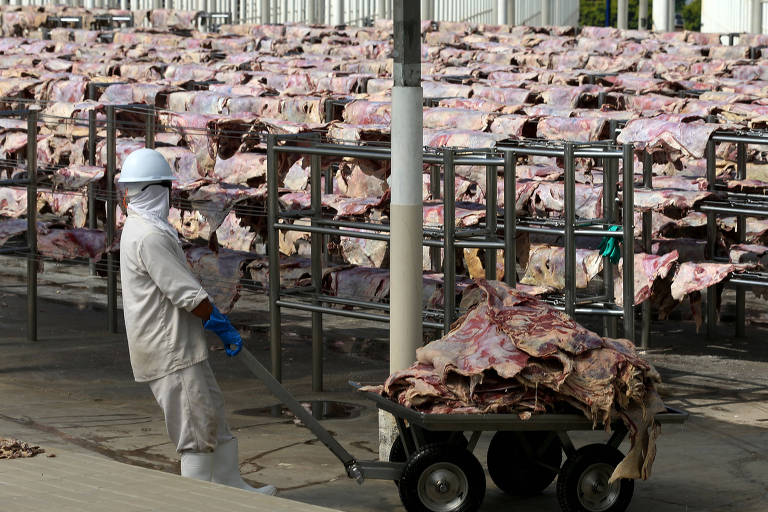The fires in Australia will affect meat production in the country and may lead to a jump in exports from Brazil, which is already benefitting from increased demand caused by African swine fever.
The fires are estimated to have killed at least 56,000 head of cattle in the states of New South Wales, Victoria and South Australia, the largest producers and also those most affected by the fire.
While farmers and officials are still focusing their efforts on recovering from the damage and calculating total losses for the sector - which is expected to take months - experts forecast a challenging scenario in 2020 and possibly for subsequent years.
On the other side of the world, Brazil appears as a probable temporary substitute to fill the gaps of a large customer in common between the two countries: China.
The Asian country has increased meat imports in recent years because of African swine fever, which kills 80% to 100% of infected pigs and continues to spread. Recently, officials identified the first cases in Poland.
According to the FAO (United Nations Food and Agriculture Organization), more than 1 million pigs were slaughtered from the beginning of the epidemic in China in 2018 until the beginning of this month.
In 2019, China broke records in the import of beef from Oceania.
The Australian Beef and Livestock Association (MLA), an organization that compiles industry figures, says China has imported more than Japan, South Korea, and the United States, countries that have topped the list of buyers for a long time.
Last year, Australia shipped more than 300,000 tonnes to the Asian country, which corresponds to an 84% increase compared to 2018.
With forest fires, there is no certainty that it will be able to meet the demand. According to MLA data, approximately 80,000 farms for livestock are in the areas affected by the fires in southeastern Australia.
Translated by Kiratiana Freelon
